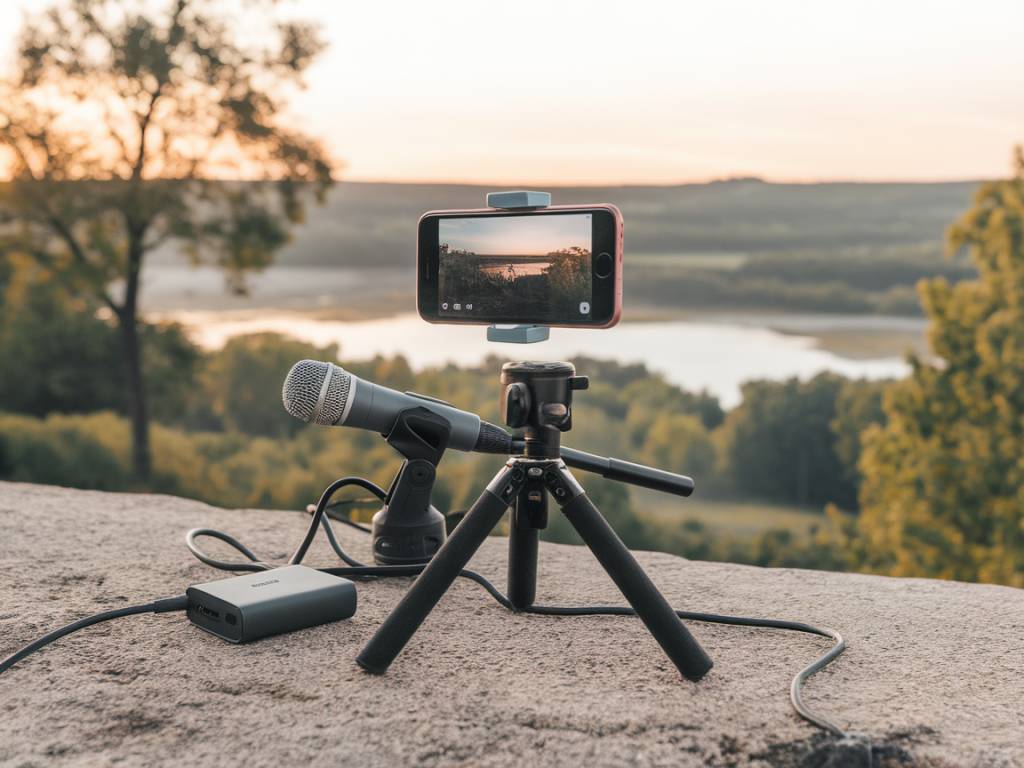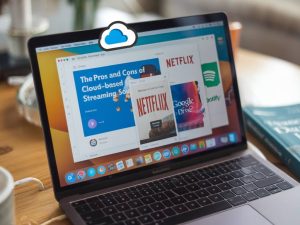How to build a mobile streaming kit for on-the-go broadcasting

How to build a mobile streaming kit for on-the-go broadcasting
In the ever-evolving world of digital content creation, mobile streaming has emerged as a powerful tool for broadcasters and content creators. Whether you’re going live on Facebook, YouTube, or Twitch, having a reliable mobile streaming kit can make all the difference. In this article, I’ll delve into how to build a mobile streaming kit for on-the-go broadcasting, covering everything from essential gear to advanced equipment.
Essential Components of a Mobile Streaming Kit
Before diving into specifics, it’s crucial to understand the core components necessary for a mobile streaming setup. These elements form the backbone of your kit, ensuring that your broadcast runs smoothly and professionally.
Here are the essential components you’ll need:
- Smartphone: The heart of your mobile streaming kit. Ensure it has a high-quality camera and enough processing power to handle streaming tasks.
- Microphone: Good audio quality is crucial. Consider a lapel or shotgun microphone for clear sound.
- Tripod: Stability is essential for professional-looking streams. A tripod keeps your smartphone steady.
- Lighting: Proper lighting enhances video quality. A small ring light or portable LED light can make a significant difference.
- Power Bank: Streaming can quickly drain your phone’s battery. A high-capacity power bank ensures you don’t run out of juice mid-broadcast.
Choosing the Right Smartphone
Your smartphone is the cornerstone of your mobile streaming kit. While most modern smartphones are capable of streaming, some stand out due to their advanced features and performance.
When selecting a smartphone, consider the following:
- Camera Quality: Look for phones with high-resolution cameras, optical image stabilization, and good low-light performance.
- Processing Power: A faster processor ensures smoother streaming and reduces the risk of lag. Look for phones with at least an octa-core processor and ample RAM.
- Battery Life: A phone with a larger battery will last longer during streaming sessions. Aim for devices with a battery capacity of at least 3000mAh.
- Connectivity: Ensure the phone supports fast and stable internet connections, particularly 4G LTE or 5G capabilities.
Enhancing Audio Quality with the Right Microphone
Audio quality can make or break a live stream. Investing in a good microphone can significantly improve the listener’s experience.
Here are some popular options:
- Lavalier Microphones: Also known as lapel mics, these are small and clip directly to your clothing, ideal for hands-free broadcasting.
- Shotgun Microphones: These provide directional audio capture, reducing background noise. They can be mounted on your smartphone or tripod.
- USB Microphones: For those looking to stream from a laptop or with USB-enabled smartphones, USB mics offer excellent sound quality and ease of use.
Maintaining Stability with a Tripod
Nobody likes shaky footage. A tripod is a versatile tool that keeps your smartphone steady and your stream professional.
Consider the following when choosing a tripod:
- Portability: Look for a compact and lightweight tripod that is easy to carry.
- Adjustability: A tripod with adjustable height and angles provides flexibility in various shooting scenarios.
- Sturdiness: Ensure the tripod is built from durable materials capable of holding your smartphone securely.
Lighting: The Secret to Professional-Looking Streams
Natural light can be unpredictable, and relying on it alone can lead to inconsistent results. Incorporating portable lighting ensures your stream looks professional regardless of the environment.
Options for portable lighting include:
- Ring Lights: These are popular among content creators due to their ability to provide even lighting and reduce shadows.
- LED Light Panels: These are versatile and can be adjusted for different light intensities and color temperatures.
- Clip-On Lights: Small, portable lights that can be attached directly to your smartphone or tripod for added convenience.
Ensuring Consistent Power Supply with a Power Bank
Streaming can be power-intensive. A power bank is a vital component of your mobile streaming kit, ensuring your devices stay charged throughout your broadcast.
When selecting a power bank, consider:
- Capacity: A higher mAh (milliamp-hour) rating means more power. Aim for at least 10,000mAh for extended streaming sessions.
- Output Ports: Multiple output ports allow you to charge more than one device simultaneously.
- Portability: Ensure the power bank is compact and lightweight for ease of transport.
Additional Accessories for a Mobile Streaming Kit
While the essentials cover the basics, some additional accessories can further enhance your mobile streaming setup.
Consider these add-ons:
- External Lenses: Attachments like wide-angle, macro, or telephoto lenses can enhance your smartphone camera’s capabilities.
- Carry Case: A dedicated case can help you organize and protect your gear while on the go.
- Audio Interface: An audio interface allows you to connect professional audio equipment to your smartphone.
- Wi-Fi Hotspot: For locations with unreliable internet connections, a portable Wi-Fi hotspot ensures consistent connectivity.
Software for Mobile Streaming
Hardware is only part of the equation. Effective streaming also relies on the right software. Here are some recommended mobile streaming apps:
- Streamlabs: A popular choice among streamers, offering a user-friendly interface, customizable alerts, and widget support.
- Prism Live Studio: This app supports multi-streaming and provides numerous filters and effects to enhance your broadcast.
- Larix Broadcaster: Known for its low latency and high-quality streaming, making it ideal for professional use.
- OBS Studio: While typically used on desktops, there are mobile-compatible versions that offer a robust set of streaming tools.
Setting Up Your Mobile Streaming Kit
Once you’ve gathered your equipment and chosen your software, it’s time to set up your kit for streaming. Follow these steps for a seamless setup:
- Mount Your Smartphone: Secure your smartphone on the tripod to ensure stability.
- Connect Your Microphone: Attach your chosen microphone to your smartphone. Ensure it is positioned correctly to capture clear audio.
- Set Up Lighting: Position your lighting to ensure your face is well-lit without harsh shadows. Test different angles and intensities to find the best setup.
- Power Supply: Connect your phone to the power bank to ensure it remains charged throughout your stream.
- Launch Your Streaming App: Open your chosen app, configure your settings, and ensure you have a stable internet connection.
After setting everything up, do a test run to check for any issues with video quality, audio clarity, and internet stability. Make any necessary adjustments before going live to ensure a smooth streaming experience.
With a well-assembled mobile streaming kit, you can confidently broadcast on the go, whether you’re vlogging, reporting live news, or engaging with your audience in real-time. Investing in quality gear and setting up correctly will enhance your streaming quality and viewer experience.





